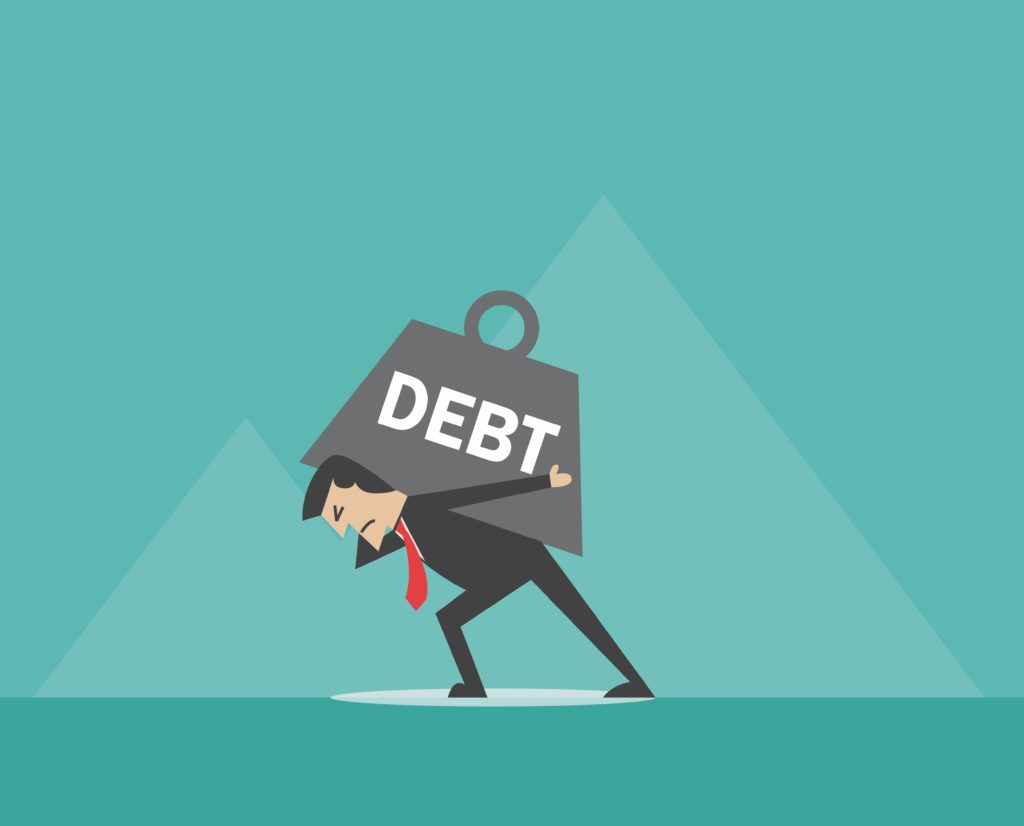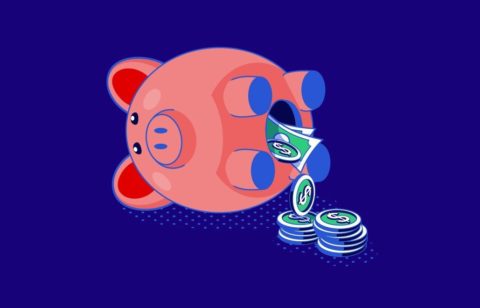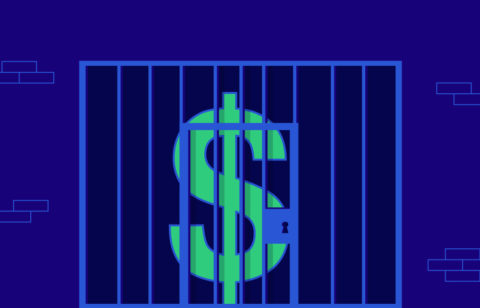Are you worried about your credit card and student loan debts? Are you concerned that you’ll soon have trouble making your minimum monthly payment on all those credit card bills? If so, you’re not alone. Millions of Americans are dealing with heavy debts. The average American household carries over $15,000 in credit card debt; one in five Americans has more credit card debt than savings. Clearly, heavy debt is a problem many Americans are facing right now. However, it doesn’t have to be.
There are ways to determine if the amount of debt you’re carrying is putting you into a perilous financial situation. If you do end up in heavy debt, there are ways to address it as well. Here’s what you need to know about heavy debt, and how to deal with it.
Assess your risk
If you’re concerned about the amount of debt you have, that’s usually a good sign that debt is becoming a problem. However, there are precise ways to assess how perilous your debt situation is becoming. Let’s look at two of them that everyone should use from time to time, regardless of how they feel about the debt they’re carrying.
Debt-to-income ratio
One good way to know if you have an issue with heavy debt is to calculate your debt-to-income ratio. DTI is determined by dividing all your monthly debt payments by your monthly gross income. So, a person who has $600 and $400 balances on two credit cards, and earns $4,000 in gross income monthly, has a debt to income ratio of 1,000/4,000 = 25%. The lower your ratio, the better; most lenders consider borrowers a risk if their debt-to-income ratio exceeds 43%.
Credit report
Another way to determine if the debt you’re carrying is getting too high is to check your credit report. Your credit report will list all the debts you’re currently carrying, from credit cards to mortgages and other installment loans. Your credit score – generally between 300 and 850, with anything over 700 considered good – will also help you better understand how your debts are affecting your financial standing. You’re entitled to receive one free credit report each year, so you should check on the status of your credit at least that often.
So, if your DTI or credit score affirms your worst fears about the debt you’re carrying, what should you do?
Tackling heavy debt
Once you’ve determined that you’re carrying too much debt, several things exist that you can do to address it. Let’s look at some of the things you should consider.
Get help
Dealing with debt can be complicated, but many options exist to address debt that you might not be aware of. One of the first things you should do when dealing with heavy debt is to get help. Find a trusted advisor, such as an accountant or financial planner, to help develop a plan for getting your debt under control. You could also consider a credit counselor as well; credit counselors specialize in helping people deal with heavy debt. Many credit counselors work for nonprofits and offer free services, too.
Consider the options
Your credit counselor or financial planner will likely recommend one of several options for addressing your debts. You could simply develop a budget and work to pay down outstanding debts aggressively. It may also make sense to obtain a debt consolidation loan and combine all your outstanding debts into a new, single loan. This single payment, usually at a lower interest rate, may make it easier for you to manage repaying your debt.
Another option borrowers pursue is to obtain the services of a debt settlement company. In debt settlement, a debt relief company works with creditors on your behalf and negotiates new debt repayment terms to help you address your debts. Finally, borrowers who have no capacity ever to repay their outstanding debts can consider bankruptcy. Bankruptcy is a legal process that either liquidates all your assets or reorganizes all your finances in order to address outstanding debts with your creditors.
All these options have distinct advantages and disadvantages based on your particular financial situation. Always talk with a trusted advisor before choosing a method to address your outstanding debts.
Dealing with debt can be challenging. However, millions of Americans have been able to make a plan, stick with it, and get their debts under control, and you can, too! The key is to identify if the debts you’re carrying are a problem, and then to find the best way to address those debts. What are you waiting for? If you think heavy debt is holding you back, get help and make a plan to deal with it as soon as possible.





